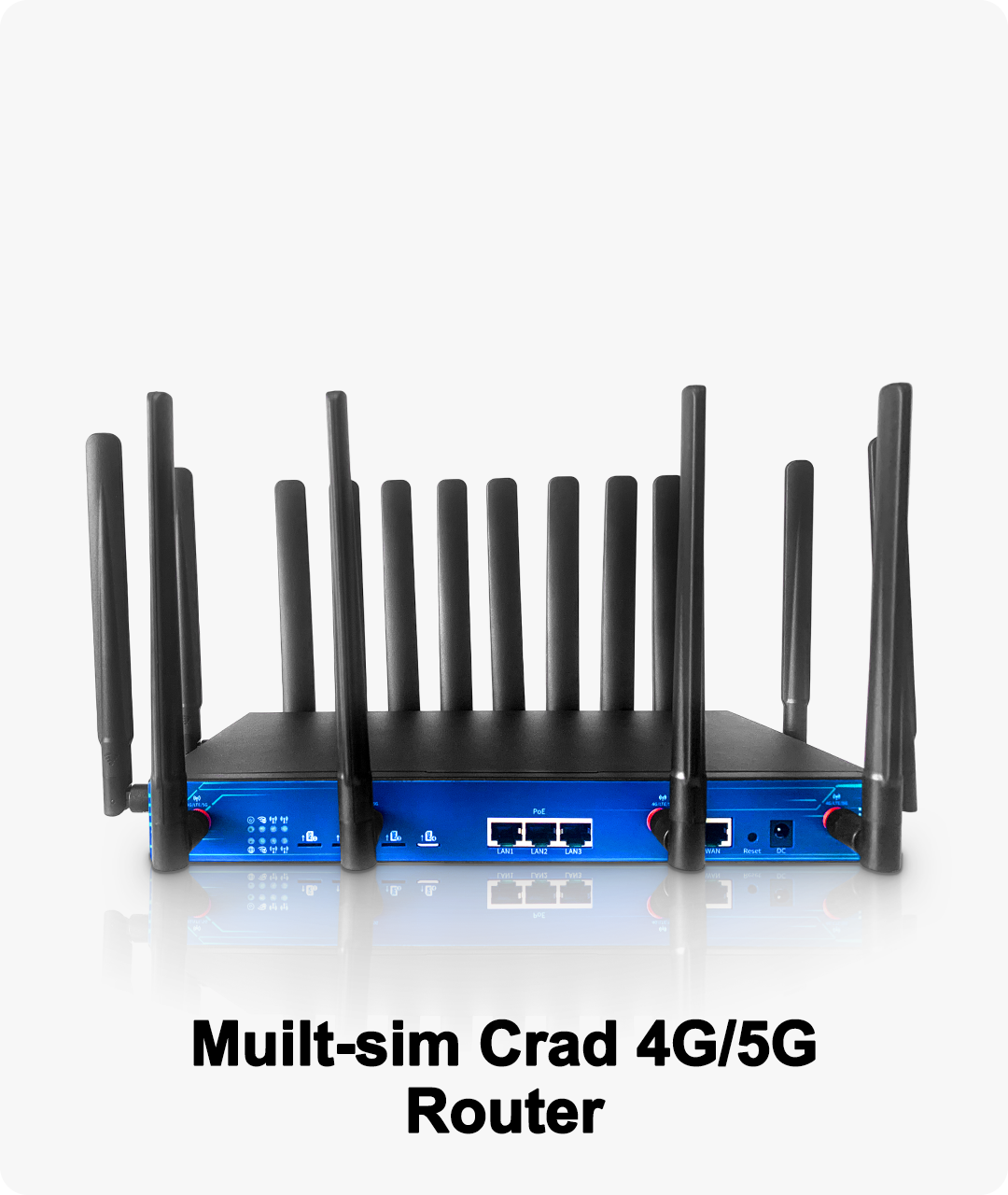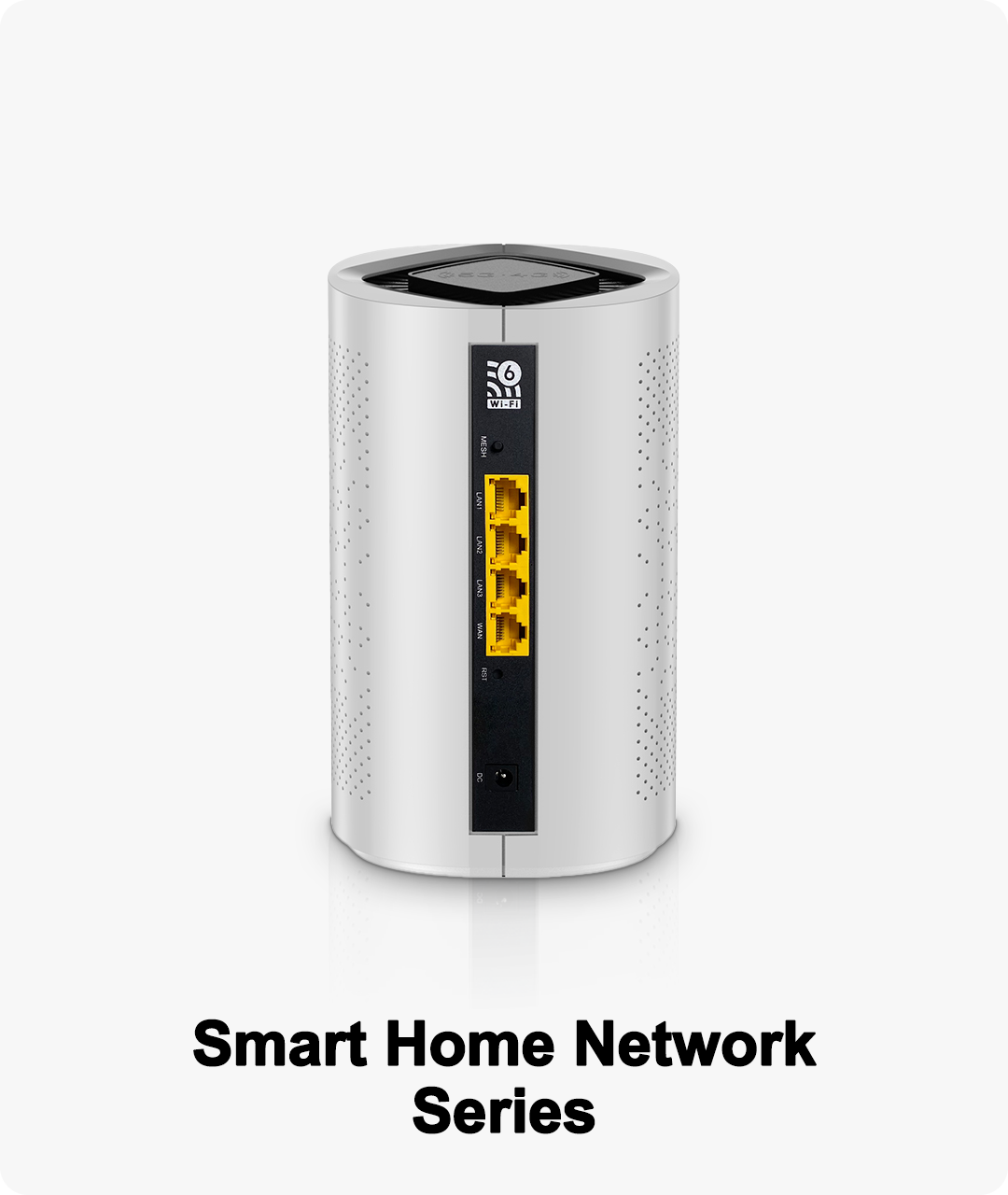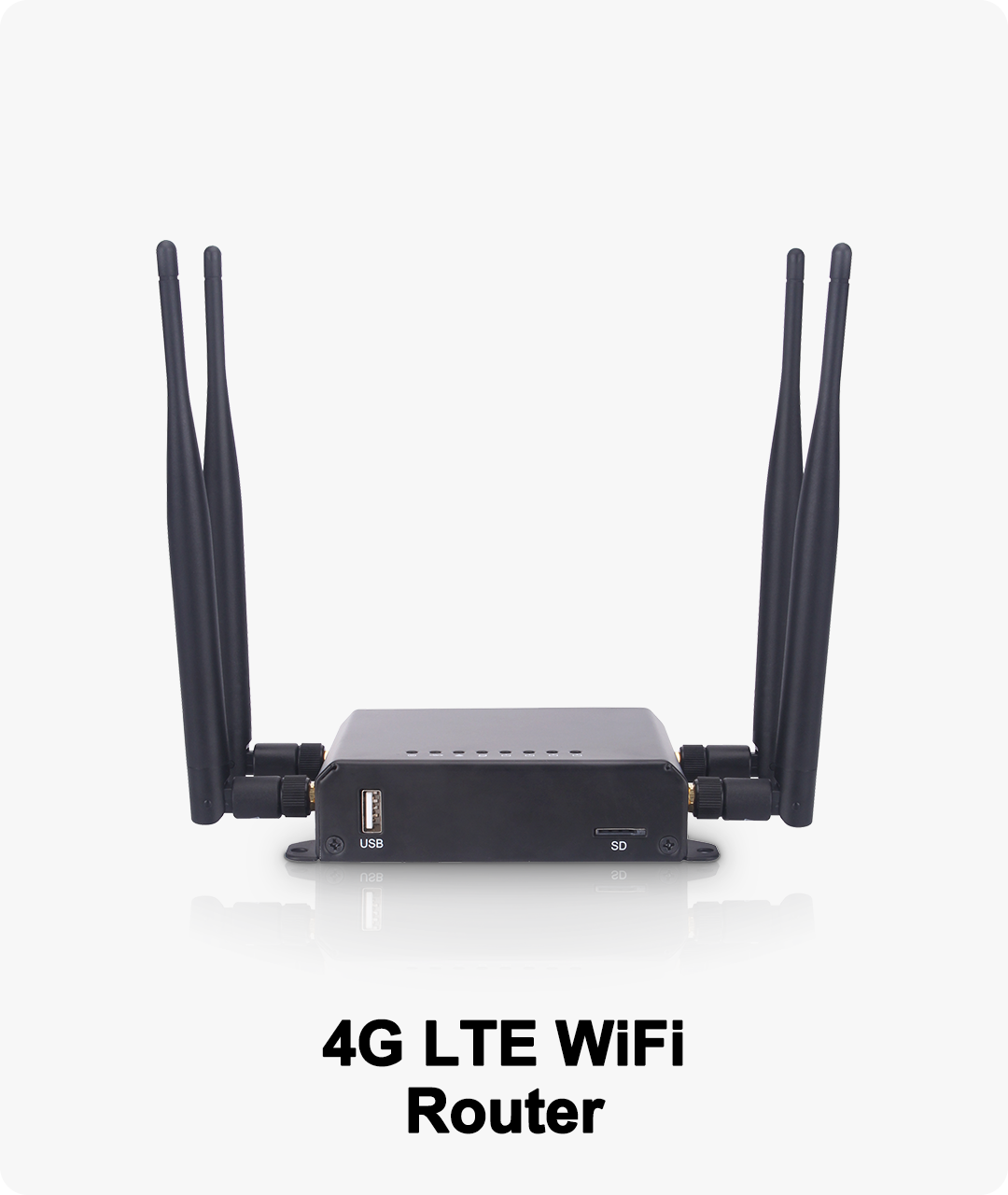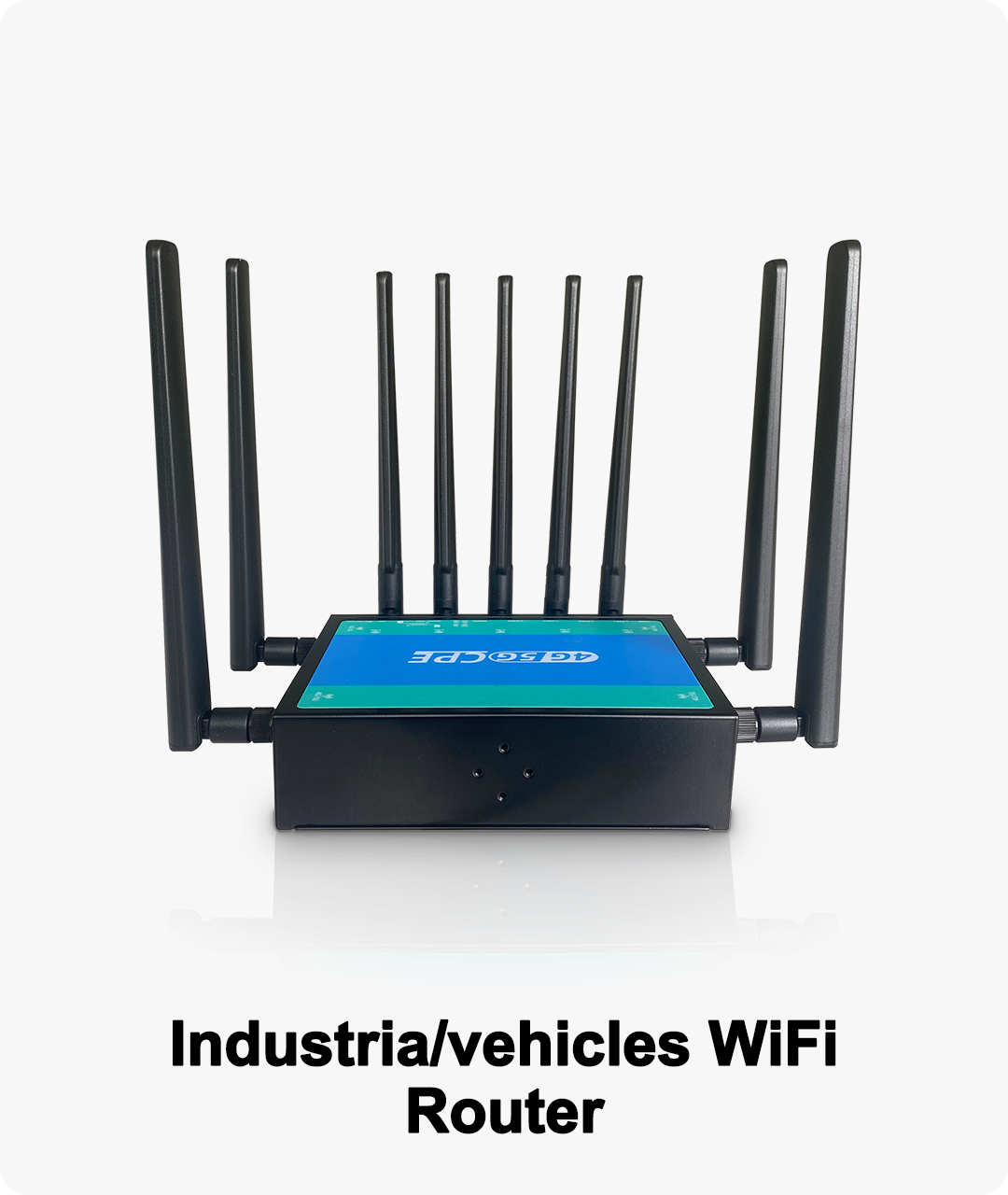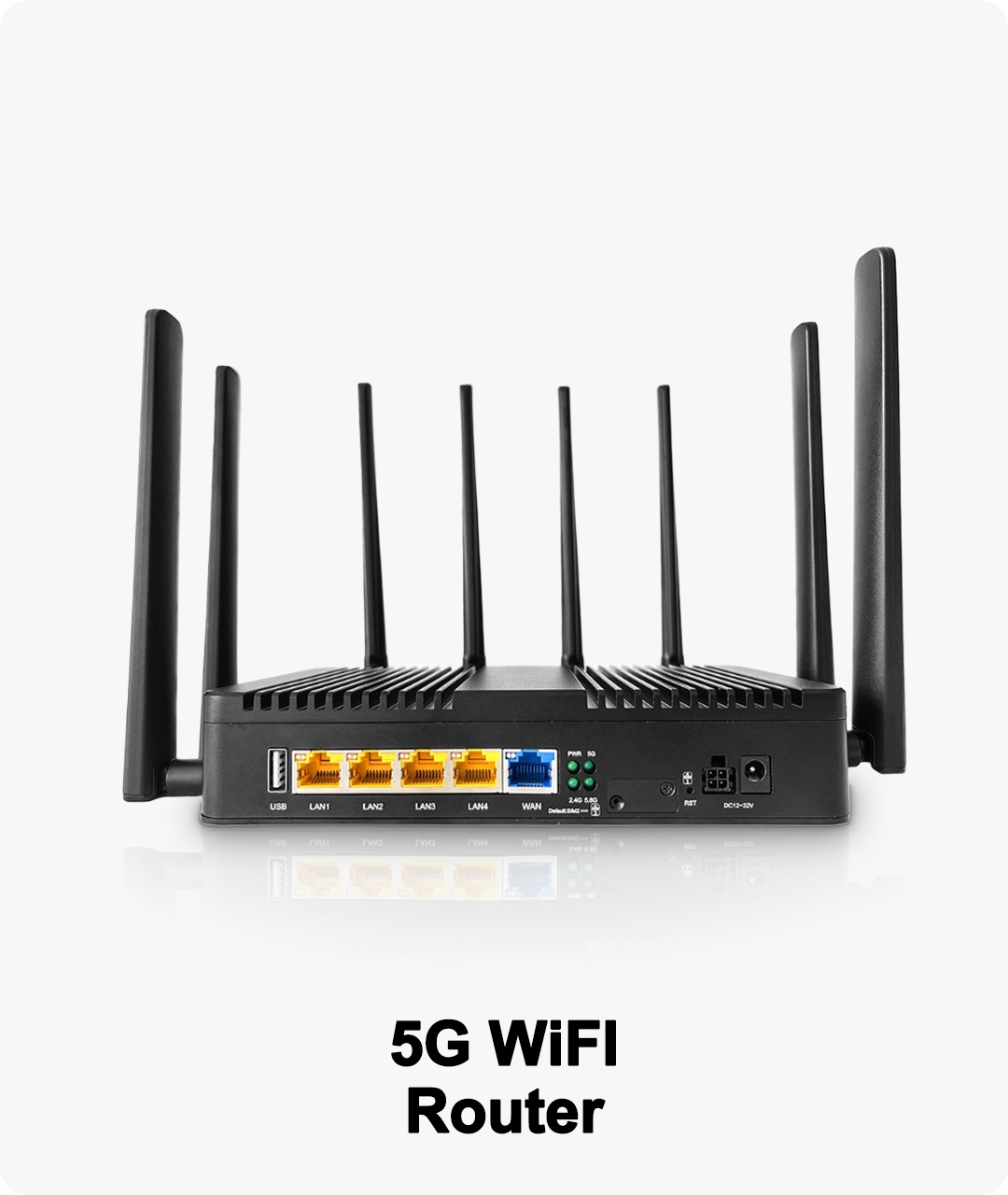D301, Building D, No. 54-6, Guanlan Avenue, Xinhe Community, Fucheng Street, Longhua District, Shenzhen ,China


As the world moves toward an increasingly digital future, communication technologies continue to evolve at a rapid pace. We've already seen massive improvements from 2G to 4G LTE, and now, the transition to 5G is underway, sparking a new era in mobile connectivity. But with so much talk about 5G, it's natural to wonder: How does 5G compare to LTE, and how will these advancements affect our lives?
In this article, we'll look at how LTE and 5G differ in simple terms, what the benefits of each are, and what these technologies mean for everyday users like you.
Understanding LTE: The Backbone of 4G Networks
Before diving into 5G, let's take a moment to understand LTE, the technology that powers most of our mobile networks today.
LTE (Long-Term Evolution) is a wireless broadband technology that brought us the era of 4G. It's the reason we can stream high-definition videos, download large files quickly, and have smooth video calls. LTE is widely available across the globe, and for many users, it provides the speed and reliability they need for most mobile activities.
Why is LTE Important?
Fast Speeds: LTE offers download speeds ranging from 100 Mbps to 1 Gbps. This makes it great for activities like video streaming, gaming, and large file transfers.
Wider Coverage: LTE networks are already built out in most urban and rural areas, ensuring widespread availability.
Low Latency: With a latency of 30-50 milliseconds, LTE is sufficient for tasks like browsing, watching videos, and making calls, but it’s not ideal for applications requiring real-time communication.
Enter 5G: The Game-Changer for Communication
5G is the fifth generation of mobile networks, designed to push the boundaries of what we can do with wireless communication. It promises not only faster speeds but also a new level of connectivity and responsiveness that will revolutionize various industries, from healthcare to transportation.
What Makes 5G Different?
Blazing-Fast Speeds: While LTE’s peak speeds are impressive, 5G takes it to a whole new level. It can reach speeds of up to 20 Gbps, which is up to 100 times faster than LTE.
Ultra-Low Latency: 5G drastically reduces latency to as low as 1 millisecond (compared to LTE’s 30-50 ms), making real-time applications like remote surgeries or autonomous vehicle communication possible.
Massive Device Connectivity: One of the most exciting features of 5G is its ability to support millions of devices in a single square kilometer. This is a game-changer for IoT devices and smart cities, where thousands of devices need to communicate seamlessly.
Key Differences Between LTE and 5G
To understand how these technologies stack up, let’s take a closer look at the main differences between LTE and 5G:
Speed:
LTE: Download speeds of 100 Mbps to 1 Gbps.
5G: Download speeds can exceed 20 Gbps, which means you can download an entire movie in seconds, even at ultra-high definition.
Latency:
LTE: Latency (the delay before data transfer begins) is around 30-50 ms.
5G: Latency is drastically reduced to about 1 millisecond, which is nearly instant, opening the door for ultra-responsive applications.
Capacity:
LTE: LTE supports millions of devices but can experience congestion during peak usage in densely populated areas.
5G: 5G can handle up to 1 million devices per square kilometer, making it ideal for smart cities and the growing Internet of Things (IoT).
Coverage:
LTE: LTE has broad coverage worldwide, ensuring most areas, even rural ones, have access to decent speeds.
5G: While 5G offers better performance, its coverage is currently limited. It's still being rolled out and requires additional infrastructure, meaning it's mainly available in urban centers or specific 5G-enabled regions.
How Will 5G Impact Everyday Users?
You might be wondering how these improvements in speed and latency actually translate into real-world benefits. Here are some of the key ways 5G will affect your daily life:
Faster Streaming and Downloading:
With 5G, streaming ultra-high-definition videos or 4K content will be seamless, with no buffering or delays.
You’ll be able to download large files (like movies, games, and software) in a matter of seconds.
Revolutionizing Healthcare:
Remote Surgery: Surgeons will be able to perform surgeries remotely with the help of 5G’s low latency, providing better healthcare in remote regions.
Telemedicine: Doctors will be able to offer real-time consultations via high-quality video calls, making healthcare more accessible to everyone.
Smarter Cities:
Smart Traffic Systems: 5G can help reduce congestion by enabling real-time data transfer between traffic lights, vehicles, and city infrastructure, making travel more efficient.
IoT Integration: From smart homes to wearable health monitors, 5G will enable millions of IoT devices to work together seamlessly, improving everything from energy efficiency to personal convenience.
Autonomous Vehicles:
Self-driving cars will rely on 5G to communicate with each other and traffic infrastructure in real-time, improving safety and efficiency on the roads.
LTE vs 5G: Which One Should You Use?
For the average user, LTE is still more than enough for everyday activities. Streaming videos, browsing the web, making calls, and using social media all work flawlessly on LTE networks.
However, as more 5G infrastructure is built and the technology becomes more widely available, 5G will open up new opportunities that LTE cannot support. If you're a tech enthusiast, an early adopter, or someone who plans to take advantage of next-gen technologies like autonomous driving or smart cities, 5G will be a game-changer for you.
Conclusion: The Future of Connectivity
Both LTE and 5G are monumental in their own right. While LTE provides fast, reliable mobile internet that meets most of our current needs, 5G promises to change the way we interact with technology on a global scale. From smarter cities to more connected healthcare and autonomous vehicles, 5G will shape the future in ways we are only beginning to understand.
So, as the 5G revolution continues to unfold, one thing is certain: The way we connect, communicate, and live will never be the same again.






